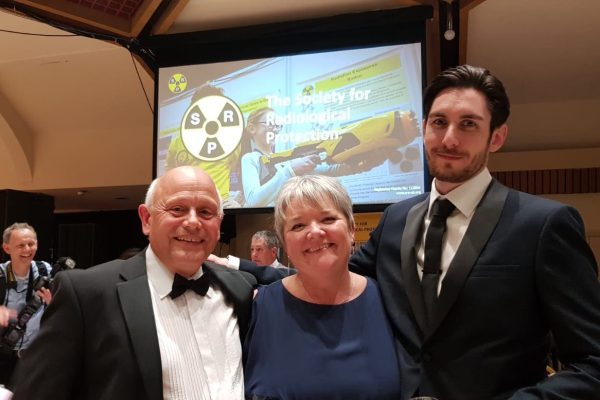In the face of technology advancements, how can the talent of the future be developed and trained to suit the skills this will demand?
I am often asked if it is ok for a dental nurse with a dental radiography qualification to be able to take Cone Beam CT (CBCT) images – well the HPA (now PHE) back in 2010 thought so (in their report CRCE-010), as long as they were adequately trained – and so do I, for any dental x-ray imaging procedure.
As a diagnostic radiographer I was fortunate enough to be working in the profession when ‘role extension’ was proposed as one of the solutions to a lack of radiologists in the 1990s as they coped with the expansion of specialist imaging techniques (e.g. CT, MRI and Interventional Radiology). This resulted in radiographers being encouraged to gain qualifications in Radiological Reporting and a number of us ended up reporting on the images produced in Accident and Emergency, Orthopaedics and Rheumatology as part of their roles.
Since becoming more involved with the dental professions as a teacher on Dental Radiography courses and as an RPA/MPE I have also seen an increase in the depth and breadth and complexity of dental care options with a number of dentists moving into new specialist areas such as Implantology. There has also been an expansion of the types of x-ray unit used in a practice (e.g. hand-held units) and the institution of new imaging modalities such as Cone Beam CT. So I believe (in a similar way to how I was able to pick up part of the radiologists role) that the dental nurse with a radiography qualification is an invaluable asset to a dental practice – CBCT unit or not.
The syllabus they are taught must of course develop to include any new modalities, and the practical element of the training course they undertake (developed in their practices) is also an important aspect in giving them a basic grounding in the imaging techniques they will encounter. Extending their training will require further specially designed courses and the input of other experts such as applications specialists for CBCT units. Quite simply the availability and quality of training is of paramount importance.
I look forward to visiting more places where (specialist) dental nurses are doing their own ‘x-ray clinics’ and taking the majority of all the images in their practices.
Stephen Green


